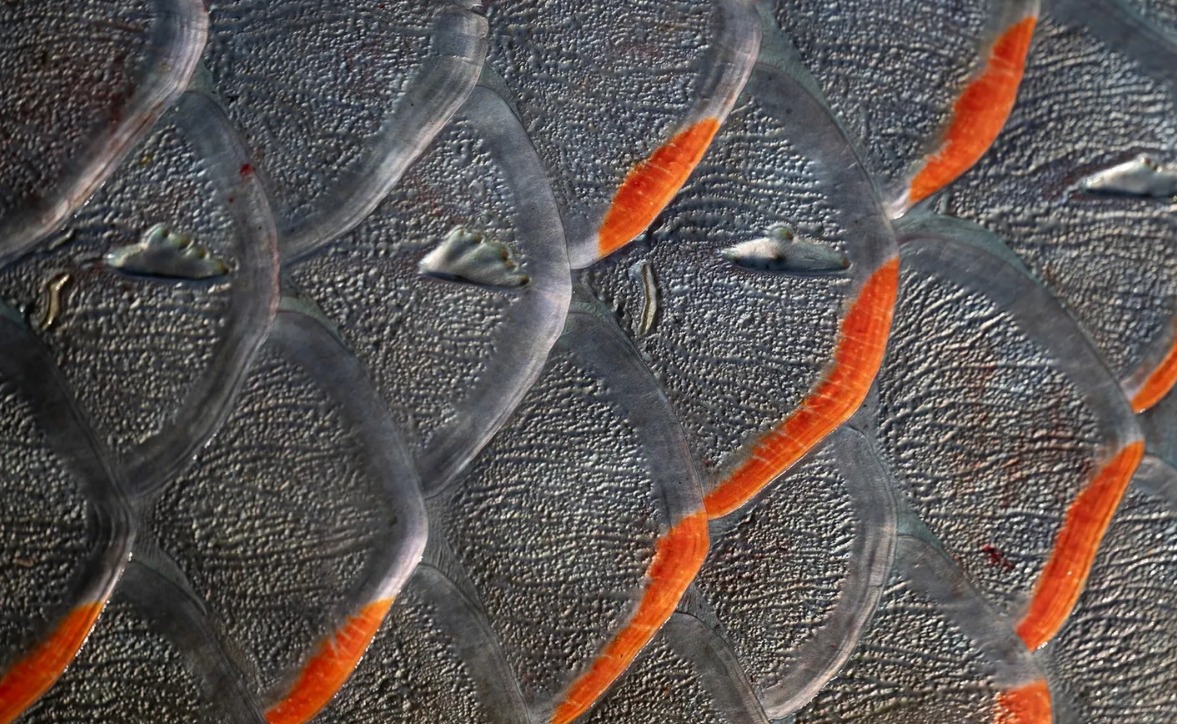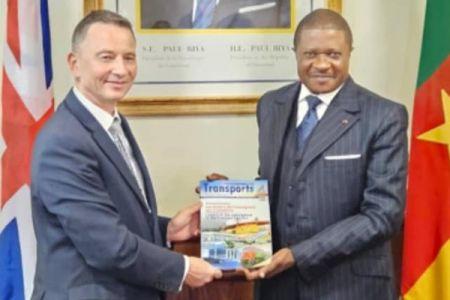Giant freshwater fish are among the most endangered animals on Earth. But in the lush waterways of the Amazon, one leviathan is swimming against the current.
Meet the arapaima, a fish capable of growing up to 10 feet long and weighing up to 500 pounds. Just over a decade ago, this popular seafood species faced extinction, its numbers ravaged by overfishing. But conservation efforts spearheaded by local communities have turned things around for the arapaima, with populations increasing dramatically across the Amazon. (Read about efforts to save the world’s biggest freshwater fish.)

In areas where communities have adopted sustainable fishing practices, arapaima numbers increased 425 percent in 11 years, according to research by João Campos-Silva, a Brazilian ecologist and National Geographic Explorer. He is part of the National Geographic and Rolex Perpetual Planet Amazon Expedition—a two-year scientific exploration of the river basin. The number has since grown to 600 percent, though those results have not yet been published, he says.
To date, Campos-Silva has worked with around 40 communities along the Juruá River, a major Amazon tributary that traverses mostly pristine rainforest in western Brazil. Overall in the Amazon, around 1,100 communities have adopted conservation initiatives for the fish, which are listed as data deficient by the International Union for Conservation of Nature.
The arapaima’s resurgence is a conservation triumph that can serve as a blueprint for safeguarding other large aquatic species in the Amazon and globally, he says. And it highlights the crucial role of local communities in leading successful conservation endeavors.
“For many, many decades, people have been looking to the outside for solutions to the problems in the Amazon, but the arapaima story shows that the answers are often in the hands of the local people and communities living in the forest,” says Campos-Silva.
“They are the knowledge keepers.”
Trust the experts
Roughly the size of the contiguous United States, South America’s Amazon Basin, 60 percent of which lies within Brazil’s borders, is home to tens of millions of people, including around 400 Indigenous groups. The basin is crisscrossed by thousands of rivers with more fish species than in any other river system on Earth.

The largest scaled freshwater fish in the world, the arapaima in Brazil is known as the “pirarucu,” a word in the aboriginal Tupí language that translates to “red fish,” after its reddish tail. Prowling the region’s lakes and swamps, the predatory arapaima is an air breather that can only stay submerged for 10 to 20 minutes before resurfacing to breathe using a specialized, lung-like swim bladder.
This surfacing behavior makes arapaimas easy to catch. A 2014 study found their demand as seafood led to severe overfishing that depleted populations in three out of four of the fishing communities surveyed; the fish completely disappeared from a fifth.

By then, Brazil’s government had set up an extensive network of protected areas throughout the Amazon, with several states banning arapaima fishing. To better manage the species, scientists also developed a method to count arapaimas in their lake habitats, drawing inspiration from techniques used to survey breaching whales in the ocean.
The individuals most skilled at counting the fish were those who know them best: fishermen.
“In the split second that an arapaima comes to the surface, an experienced fisherman can tell you the size, weight, and direction of its movement,” says Leandro Castello, a tropical ecologist at Virginia Tech’s Global Change Center who developed the arapaima-counting model.
Conservation success
About 15 years ago, Campos-Silva, who initially worked on birds before turning his attention to Amazonian biodiversity, began working along the Juruá River, collaborating closely with the residents of the tight-knit São Raimundo community. He also supported the efforts of a local group called the Association of Rural Producers of Carauari to manage arapaima protected areas.

The São Raimundo community integrated their traditional knowledge with scientific methodologies, effectively making the conservation efforts their own, he says. “They had seen the decline in their fisheries and were eager to find solutions to improve the situation,” he says. (Read more about how scientists are saving megafishes.)
Based on fish counts, the community established a sustainable catch quota, with the federal government permitting an arapaima harvest of up to 30 percent of adults in protected areas. Fish under five feet long could not be harvested.
Most arapaimas spawn just after seasonal floodwaters rise and spread into the forest. When waters recede during the dry season, the fish are confined to isolated lakes and river channels. It’s during this time that fishing operations are allowed.



